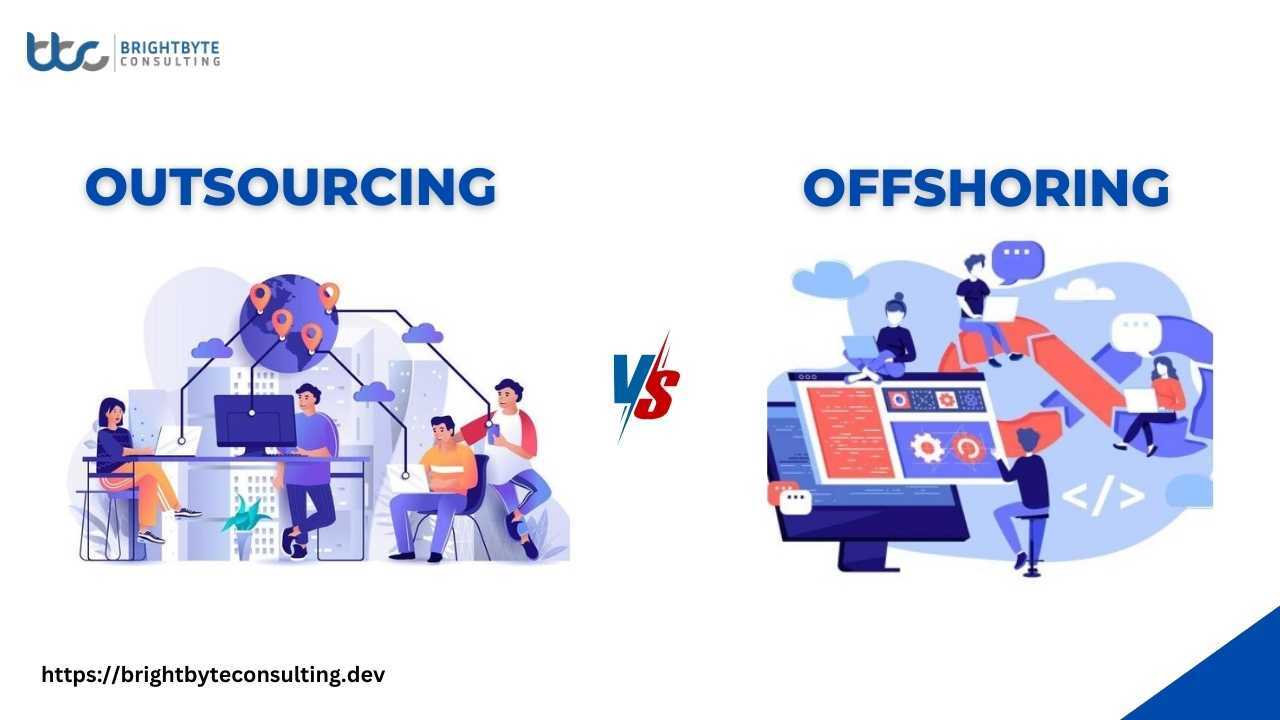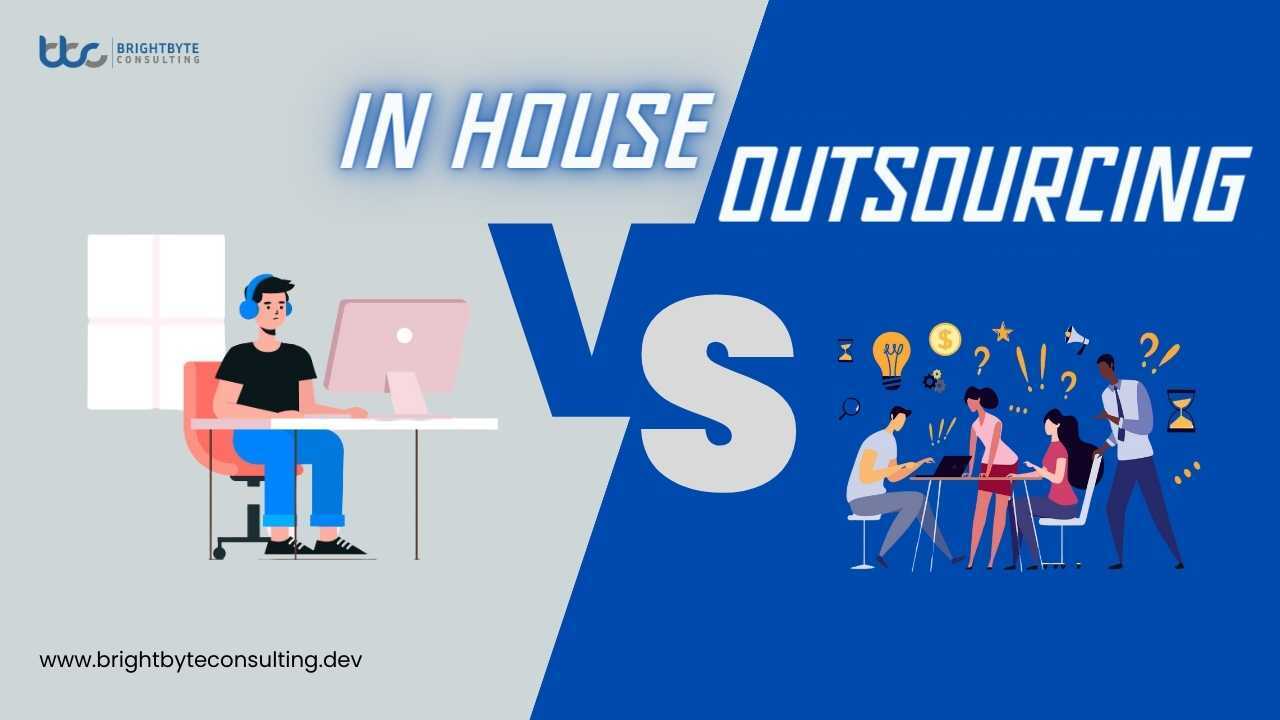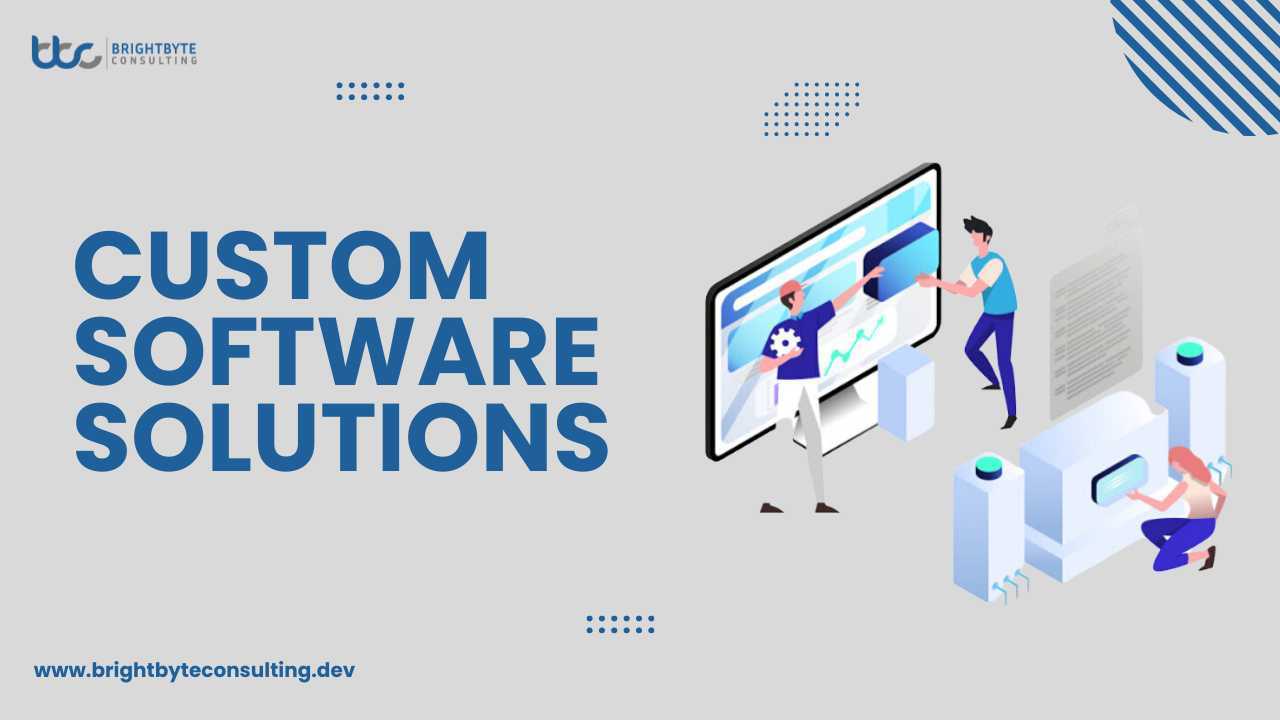Capturing and maintaining visitors’ interest requires more than just appealing design and informative content. Research shows that a slow-loading website can lead to 53% of visitors leaving, and 88% may not return after a negative user experience. We understand the challenges brands face, including low engagement and high bounce rates, and we’re here to help. Interactive website design is a powerful tool to enhance key performance indicators. Our step-by-step guide will show you how to create an interactive website, highlighting essential interaction elements and showcasing top industry examples for an engaging user experience.
What Is An Interactive Website?
An interactive website engages with users by responding to their input or actions. This could involve elements such as images that move when hovered over, comment sections for user feedback, or clickable internal links for navigation.
Interactive website design transforms the user’s passive browsing experience into an active engagement. Rather than simply scrolling through static content, users can interact with various elements on the site, making their visit more dynamic and immersive.
10 Elements Which Make Website Interactive
The potential of interactive website design is boundless, shaped by the creativity and proficiency of designers alongside the preferences of your target audience.
Key elements often employed in interactive websites include:
- Responsive, mobile-friendly design
- Fast loading speed
- Animation and motion graphics
- Engaging scrolling features
- Video integration
- Chat functionalities
- Interactive navigation menus
- User-generated content sections
- Social media integrations
- Interactive quizzes and games
Why Is Interactive Website Important?
Interactive website design is crucial for enhancing user engagement and driving conversions, making it a cornerstone of successful online strategies. Here’s why:
Engage Visitors
Interactive content has been shown to double on-site engagement rates compared to static content. By offering immersive experiences, interactive design captivates users and encourages them to explore your site further.
Reduce Bounce Rate
Interactive elements entice users to spend more time on your site, thereby reducing bounce rates. When users are engaged, they are less likely to leave after viewing just one page, increasing the likelihood of them completing desired actions.
Encourage Sharing
Dynamic and interesting web design prompts users to share content with their networks on social media platforms. Elements like quizzes are particularly effective in driving sharing, with engaging quizzes being shared thousands of times on average.
Increase Brand Awareness
Interactive websites facilitate deeper exploration and understanding of your brand, leading to increased brand recognition. Memorable user experiences contribute to brand awareness and reinforce brand identity.
Improve Conversion Rates
Interactive design significantly boosts conversion rates compared to static websites. Engaged users are more inclined to take desired actions, such as subscribing to newsletters, filling out forms, or making purchases, resulting in higher conversion rates and improved ROI.
How To Build An Interactive Website Design?
Crafting an interactive website involves understanding your audience’s preferences and tailoring elements to suit their needs. While there’s no universal formula, certain principles apply to enhance engagement.
For instance, designing a website for Miami shouldn’t replicate specifications from Tampa. However, there are foundational elements applicable to all sites for interactivity and engagement.
If you have an existing website, consider hiring a web designer to incorporate interactive features. Alternatively, for new sites, designers can integrate interactive elements from the wireframing stage onward.
10 Factors To Consider for an Interactive Website
To enhance website interactivity in 2024, prioritize foundational aspects initially.
- Responsive Design: With users spending over five hours a day browsing the internet on their mobile devices, having a responsive website is imperative. Mobile responsiveness is now a fundamental aspect of interactive website design.
- Fast Loading Pages: Slow-loading pages deter users, with 53% likely to leave a site if it takes more than 3 seconds to load. Ensuring fast-loading pages is crucial to retaining user engagement and preventing bounce rates.
- Animations & Motion Graphics: Engaging animations captivate users and enhance their browsing experience. From subtle motion graphics to immersive parallax effects, animations can prolong user engagement and decrease bounce rates.
- Engaging Scroll: Dynamic scrolling techniques, such as parallax scrolling, entice users to explore further down a webpage, enhancing their journey through the site and encouraging interaction.
- Videos: Incorporating videos into your website significantly increases user engagement, with users spending 88% more time on sites with video content. Shareable videos also extend your brand’s reach, driving brand visibility and audience engagement.
- Chat Options: Live chat or chatbot features provide personalized assistance to users, addressing queries and facilitating decision-making. These options enhance user experience and offer reassurance throughout their browsing journey.
- Interactive Navigation: Sticky navigation and hidden navigation bars enhance website interactivity by providing seamless navigation options, ensuring easy access to essential site features.
- User-Generated Content: Encouraging user-generated content, such as comments, reviews, and forums, fosters a sense of community and interaction on your website, enriching user experience and building credibility.
- Social Media Integrations: Integrating social media share buttons enables users to easily share content across platforms, increasing brand visibility and driving engagement through social sharing.
- Quizzes And Games: Incorporating interactive quizzes, games, or polls boosts engagement rates and encourages user interaction, providing entertainment value while gathering valuable user data for lead generation.
These elements collectively contribute to creating an immersive and interactive website experience, driving user engagement and enhancing overall site performance.
What Can BBC Do For You?
At BBC Company, we specialize in creating interactive website designs that captivate audiences and drive meaningful engagement. Our team of expert designers understands the importance of user interaction in today’s digital landscape. Whether you’re looking to revamp your existing website or build a new one from scratch, we can tailor our services to meet your specific needs. We offer comprehensive solutions, including responsive design, fast-loading pages, engaging animations, interactive navigation, and social media integrations.
With our strategic approach and attention to detail, we’ll help you create an immersive and dynamic web experience that resonates with your audience and achieves your business goals.
Conclusion
In conclusion, interactive website design plays a vital role in captivating users’ attention, reducing bounce rates, and driving conversions. By incorporating responsive design, fast loading pages, engaging animations, and other interactive elements, brands can create immersive experiences that resonate with their audience. As we navigate the digital landscape in 2024, prioritizing user engagement through interactive design remains essential for success in online strategies. Focus on foundational elements when updating or launching a website to maximize user engagement and drive results.
FAQs
What defines an interactive website?
An interactive website engages users by responding to their input, like hovering, commenting, or clicking.
Why is interactive website design important?
Interactive design enhances user engagement, reduces bounce rates, encourages sharing, increases brand awareness, and improves conversion rates.
How can I build an interactive website in 2024?
To build an interactive website, prioritize elements like responsive design, fast loading pages, animations, engaging scrolls, videos, chat options, interactive navigation, user-generated content, social media integrations, and quizzes/games.
What are some key factors to consider for an interactive website?
Key factors include mobile responsiveness, loading speed, animations, engaging scrolls, video integration, chat options, navigation, user-generated content, social media integration, and interactive quizzes/games.
How do interactive elements contribute to website performance?
Interactive elements enhance user experience, increase engagement, reduce bounce rates, encourage sharing, boost brand awareness, and improve conversion rates, leading to overall improved website performance.











